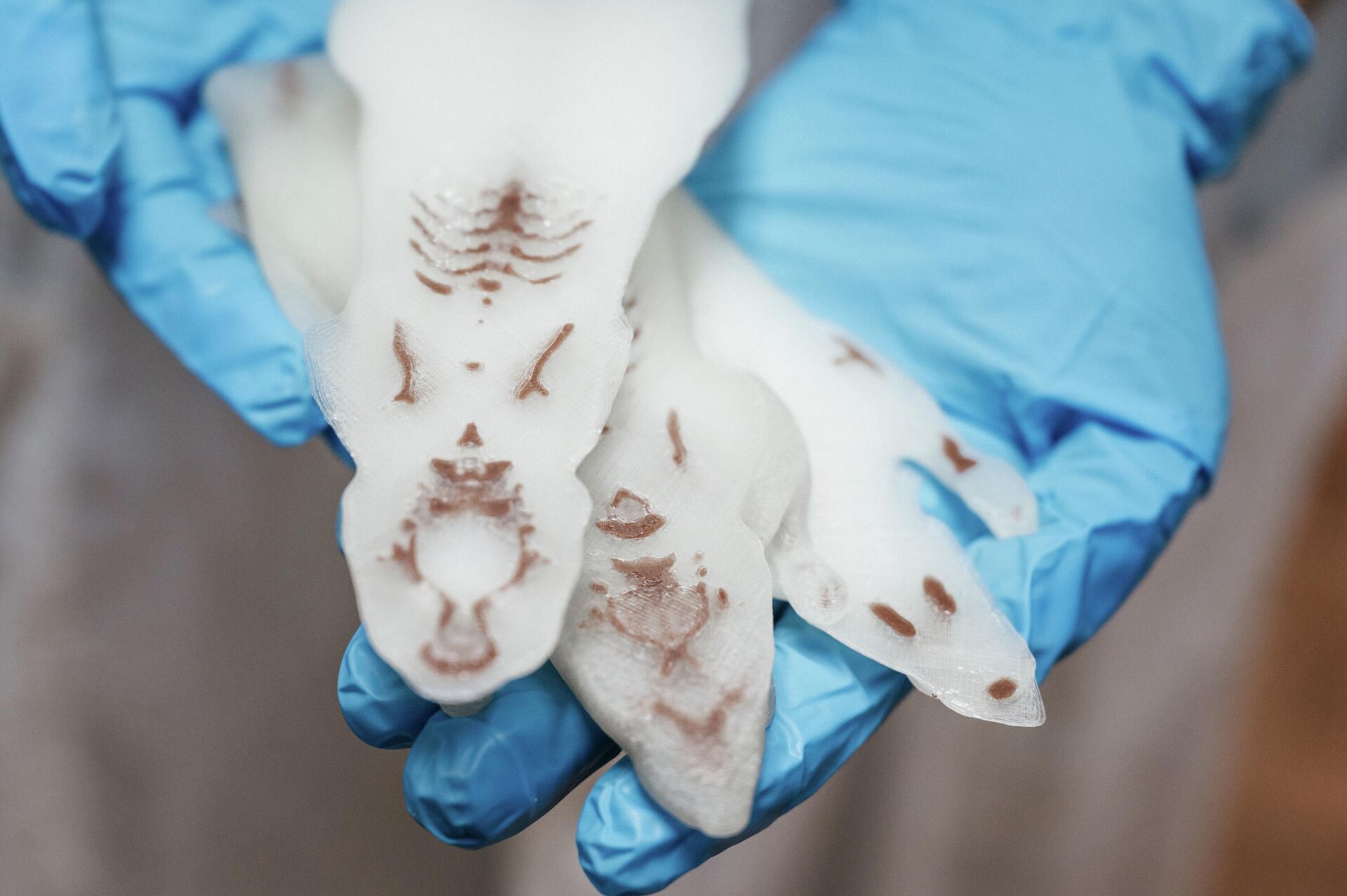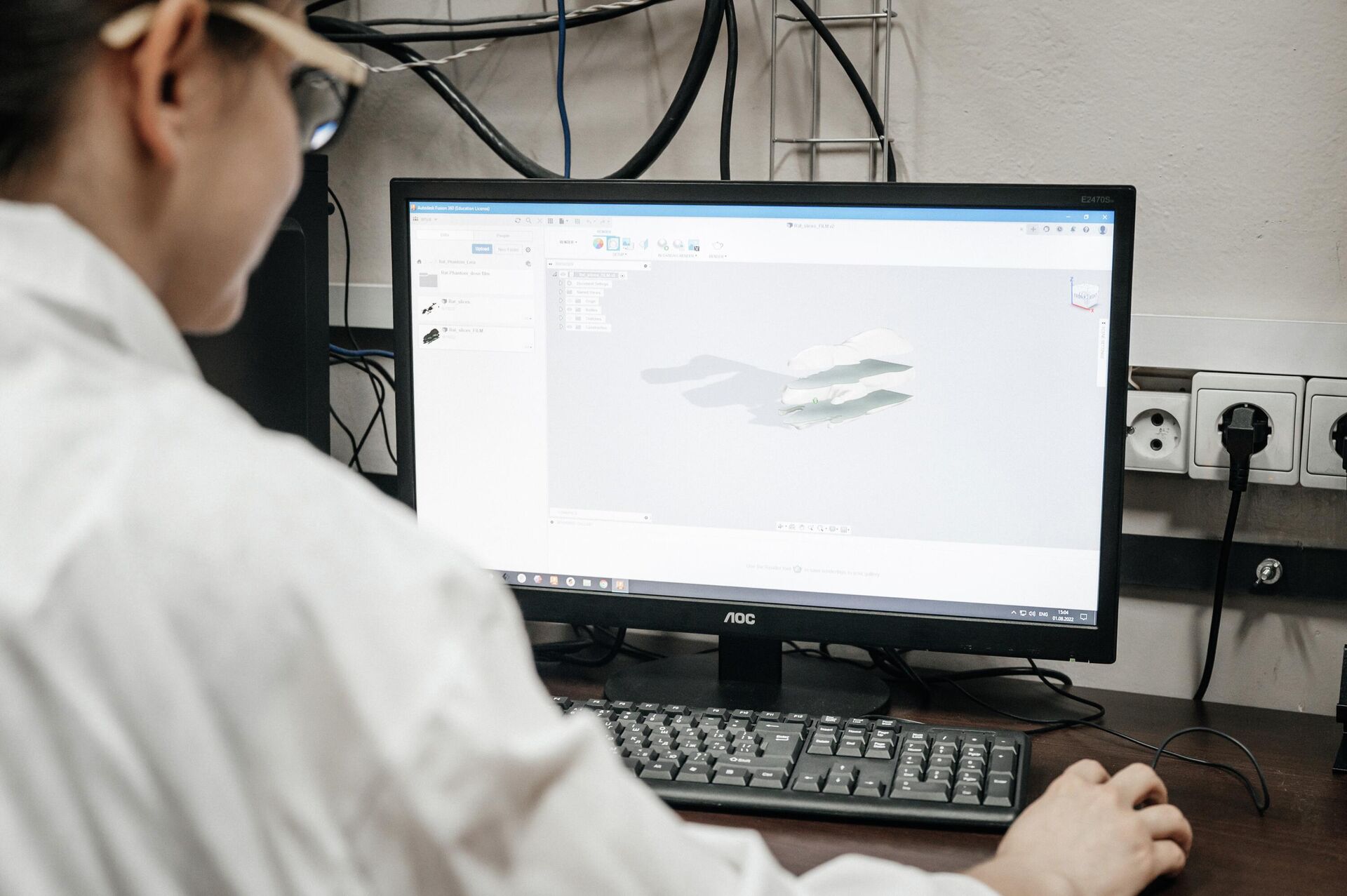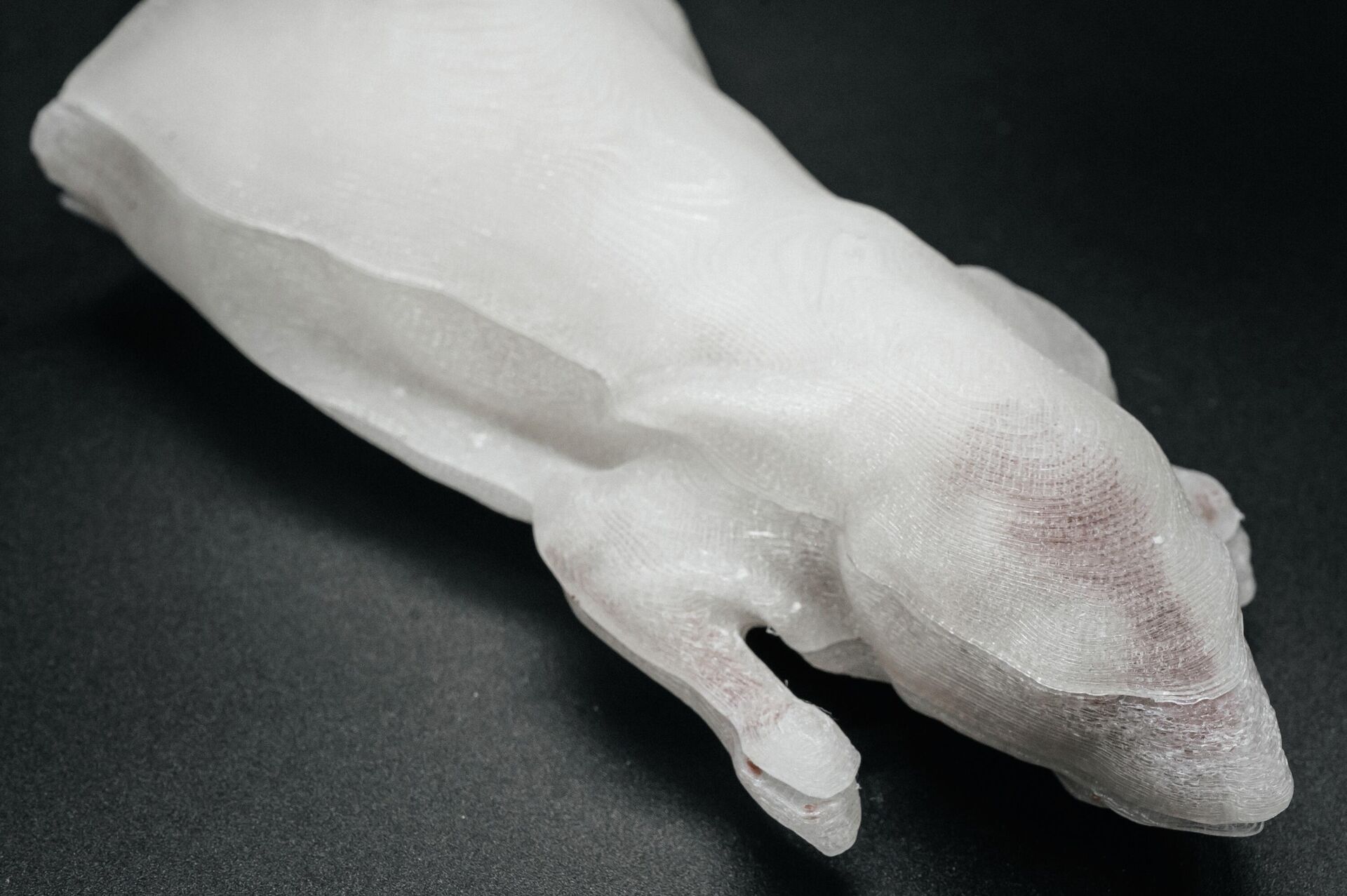Russian Scientists Discover Way to Stop Using Animals in Preclinical Trials

© Photo : Tomsk Polytechnic University (TPU)
Subscribe
Scientists from Tomsk Polytechnic University (TPU) have invented a way to end the controversial use of lab animals in preclinical research into cancer radiotherapy.
They have developed three-dimensional dosimetric phantoms, or models, of lab rats or mice, which can completely replace these animals at certain stages, the university's press service told Sputnik.
Radiation therapy is widely used to treat cancer in today’s world. Unfortunately, the treatment not only kills malignant cells but also healthy ones.
To minimize the negative effect of the treatment, doctors must carefully prepare the therapy: obtain tomographic data of the irradiation site; correctly contour the tumor and critical organs; select the required dose of radiation; make a correct plan; test it using a dosimetric phantom; and only afterwards expose the patient to radiation.

Russian scientists have developed three-dimensional dosimetric phantoms, or models, of lab rats or mice
© Photo : Tomsk Polytechnic University (TPU)
The introduction of new methods of radiation therapy requires many experiments on small laboratory animals, mostly mice and rats. However, the use of animals for laboratory purposes is inextricably connected with ethical problems. Moreover, their purchase, maintenance and disposal are very expensive.
To reduce the use of laboratory animals in preclinical research, scientists from Tomsk Polytechnic University have discovered a way to use phantoms, life-size artificial replicas.
“We used mice and rats as prototypes to create replicas because they are the most common animal species used in preclinical studies. At the same time, we focused not only on creating phantoms but also on developing devices to increase the efficiency of radiation therapy and minimize the radiation dose to healthy tissues,” Anna Grigorieva, a postgraduate student at the TPU Research School of High-Energy Physics, told Sputnik.
The study was conducted in several stages. First, scientists analyzed tomographic data of laboratory animals to determine their exact anatomical structure. Then they used this data to create digital three-dimensional models of the body and some of the animals’ internal organs. This approach gave them printable 3D models.

To reduce the use of laboratory animals in preclinical research, scientists from Tomsk Polytechnic University have discovered a way to use phantoms, life-size artificial replicas.
© Photo : Tomsk Polytechnic University (TPU)
Scientists used two types of plastic to make the models. For soft tissues, they used PLA plastic or polylactide, one of the most widely used materials for 3D printing. For bone tissue, they used a specially made PLA plastic with a copper additive. The finished printed model includes skin, brain, spinal cord, muscles, bones, and lungs.
“Different types of soft tissue, such as muscles and fat, require subtle printing adjustments during fabrication. But ultimately, we succeeded in making our model as close as possible to the real characteristics of the animal. And the plastic used allowed us to simulate the properties of the interaction with ionizing radiation, as if this interaction were with real tissues. The model has to be as close as possible to the real anatomy of the animal, taking into account the location and size of internal organs and systems,” Sergei Stuchebrov, an associate professor at the TPU Research School of High-Energy Physics, told Sputnik.
According to scientists, the application of phantoms will reduce the number of live animals in preclinical tests, which will make these procedures cheaper and more ethical. The phantoms can be used repeatedly and have a shelf life limited only by accidental mechanical damage.
Furthermore, the TPU scientists have provided for the possibility of mounting any dosimetric equipment such as film dosimeters, ionization chambers, and thermoluminescent dosimeters in the phantom. They said this would extend the potential applications of the phantoms. In the near future, the scientific team plans to conduct dosimetric testing of the phantoms at the Tomsk Cancer Research Institute.

Scientists used two types of plastic to make the models.
© Photo : Tomsk Polytechnic University (TPU)
The research study was supported by a grant from Russia’s Ministry of Science and Higher Education under Cooperation Agreement number. 075-15-2021-271 (Project No. MK-3481.2021.4).
Tomsk Polytechnic University is a member of ‘Priority-2030’, a national program of the Ministry of Science and Higher Education to support Russian universities in the research leadership track. The TPU development program includes three strategic projects: Energy of the Future, Health Engineering, and New Engineering Education.


